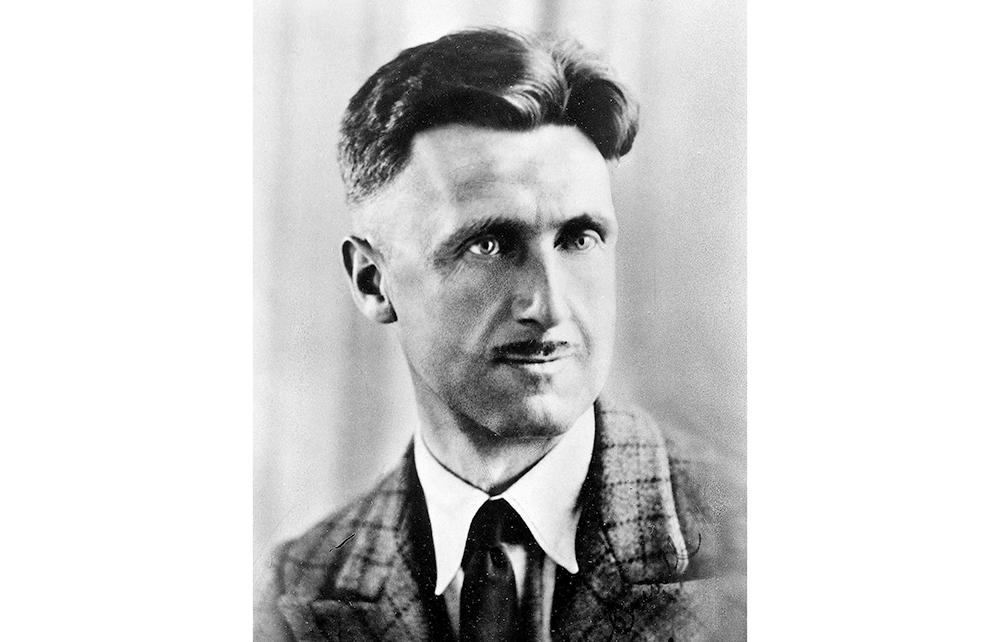While George Orwell was staying with his family in Southwold during the 1930s, figuring out how to become a writer, the town pharmacist was busy shooting ciné footage. On the edge of a crowd watching a circus parade, he captured a tall man smoking at a street corner. It’s impossible to identify this brief glimpse as Orwell, but D.J. Taylor sees the self-conscious figure holding himself apart as a possible sighting. It doesn’t seem all that revealing, so why does it matter? It feels somehow symbolic of a wider effort to grasp something tangible and candid of a writer who can too readily be obscured by his own myth. This might be a chance to get a look at the man himself rather than a stage-managed persona. As he puts it in Orwell: The New Life, Taylor sets out to uncover ‘the difference between the kind of person Orwell was and the kind of person he imagined himself to be’. This is a book which tells the story of how and why George Orwell became George Orwell, what that means and why it matters.
This is Taylor’s second biography of the writer, which must be a rare feat. The first, published 20 years ago to much acclaim, coincided with the centenary of Orwell’s birth. This one appears a little past the 70-year anniversary of his death. It is not a revised edition, but a new biography. Nor, however, is it entirely separate. There are still entanglements, for example in the essayistic interludes that punctuate the book – ‘Orwell’s Face’, ‘Orwell and the Rats’ etc – which are repeated and kept near enough in both. Why write the same life twice?
Why would Orwell say something he didn’t seem to believe, especially about truthfulness?
One good reason for a second attempt is that archives have been opened and new material discovered since the first book came out.







Comments
Join the debate for just £1 a month
Be part of the conversation with other Spectator readers by getting your first three months for £3.
UNLOCK ACCESS Just £1 a monthAlready a subscriber? Log in